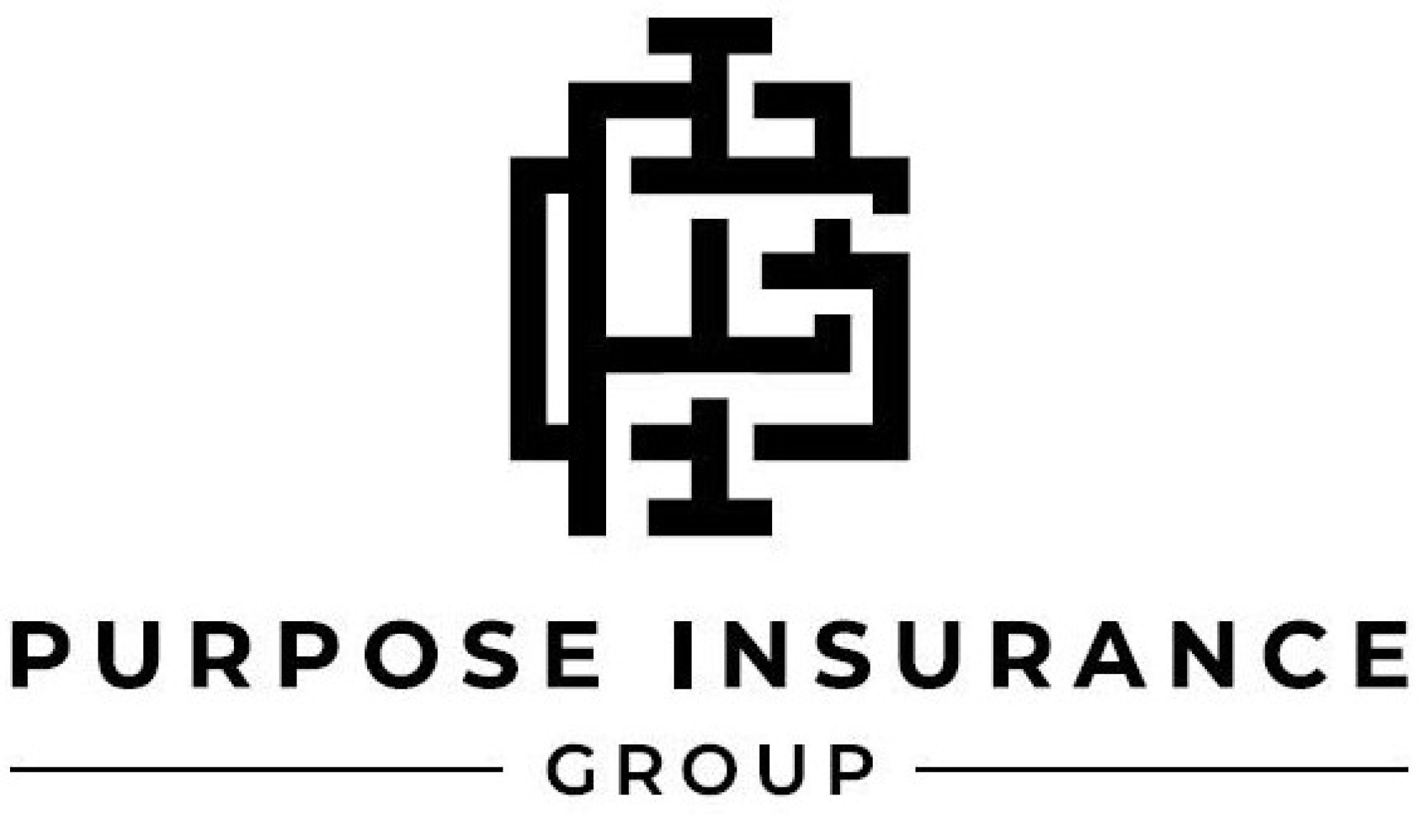Pacific Prime Can Be Fun For Anyone
Pacific Prime Can Be Fun For Anyone
Blog Article
8 Simple Techniques For Pacific Prime
Table of ContentsNot known Facts About Pacific PrimeThe 9-Minute Rule for Pacific Prime6 Simple Techniques For Pacific PrimeThe Single Strategy To Use For Pacific PrimeThe smart Trick of Pacific Prime That Nobody is Talking About

This is since the information were accumulated for a period of solid financial efficiency. Of the approximated 42 million people who were without insurance, just about about 420,000 (regarding 1 percent) were under 65 years old, the age at which most Americans end up being eligible for Medicare; 32 million were adults between ages 18 and 65, around 19 percent of all adults in this age; and 10 million were kids under 18 years old, concerning 13.9 percent of all children (Mills, 2000).
These estimates of the variety of individuals uninsured are generated from the annual March Supplement to the Existing Populace Study (CPS), conducted by the Census Bureau. Unless or else kept in mind, nationwide estimates of people without medical insurance and percentages of the populace with various sort of insurance coverage are based upon the CPS, one of the most widely used source of quotes of insurance coverage and uninsurance prices.
The Definitive Guide for Pacific Prime

Still, the CPS is specifically beneficial since it generates yearly quotes fairly rapidly, reporting the previous year's insurance coverage approximates each September, and since it is the basis for a consistent set of quotes for more than 20 years, permitting analysis of fads in coverage in time. For these reasons, along with the considerable use the CPS in various other research studies of insurance policy coverage that are offered in this record, we depend on CPS estimates, with constraints noted.

The quote of the variety of uninsured individuals expands when a populace's insurance coverage status is tracked for a number of years. Over a three-year period beginning early in 1993, 72 million people, 29 percent of the united state populace, were without protection for a minimum of one month. Within a solitary year (1994 ), 53 million people experienced at the very least a month without protection (Bennefield, 1998a)
Six out of every 10 uninsured grownups are themselves employed. Although functioning does improve the likelihood that a person and one's relative will have insurance, it is not a warranty. Even members of households with two full time wage income earners have nearly a one-in-ten chance of being without insurance (9.1 percent uninsured price) (Hoffman and Pohl, 2000).
Not known Facts About Pacific Prime
New immigrants account for a considerable percentage of individuals without medical insurance. One evaluation has connected a significant part of the current development in the dimension of the united state without insurance population to immigrants who showed up in the nation between 1994 and 1998 (Camarota and Edwards, 2000). Recent immigrants (those who involved the USA within the past four years) do have a high price of being without insurance (46 percent), yet they and their youngsters make up just 6 percent of those without insurance policy nationally (Holahan et al., 2001).
The relationship between medical insurance and access to care is well established, as documented later on in this chapter. Although the connection between health and wellness insurance coverage check here and health and wellness end results is neither direct neither simple, a substantial scientific and health and wellness solutions research study literature links health insurance policy protection to enhanced access to care, much better quality, and enhanced personal and population wellness condition.
Degrees of evaluation for taking a look at the impacts of uninsurance. This discussion of medical insurance coverage concentrates mostly on the U.S. populace under age 65 since basically all Americans 65 and older have Medicare or other public coverage. Additionally, it concentrates especially on those with no medical insurance for any kind of length of time.
Not known Details About Pacific Prime
The troubles encountered by the underinsured are in some areas comparable to those encountered by the without insurance, although they are usually much less extreme. group insurance plans. Uninsurance and underinsurance, nevertheless, involve definitely different policy concerns, and the approaches for resolving them may differ. Throughout this research study and the five reports to follow, the major emphasis gets on individuals without any medical insurance and therefore no help in spending for wellness care beyond what is readily available via charity and safeguard establishments
Wellness insurance coverage is a powerful factor affecting receipt of treatment since both clients and doctors reply to the out-of-pocket rate of solutions - https://pxhere.com/en/photographer/4223924. Wellness insurance policy, nevertheless, is neither needed nor enough to get to clinical solutions. Nonetheless, the independent and direct result of medical insurance coverage on accessibility to wellness solutions is well developed.
Others will certainly obtain the healthcare they need also without health insurance, by spending for it expense or seeking it from suppliers who supply care free or at very subsidized prices. For still others, medical insurance alone does not guarantee invoice of treatment because of various other nonfinancial barriers, such as a lack of wellness care companies in their community, limited accessibility to transport, illiteracy, or etymological and social distinctions.
Some Known Factual Statements About Pacific Prime
Formal study about uninsured populations in the United States dates to the late 1920s and early 1930s when the Board on the Price of Medical Care generated a collection of reports concerning funding doctor workplace check outs and hospital stays. This concern ended up being prominent as the varieties of clinically indigent climbed up throughout the Great Depression.
Report this page